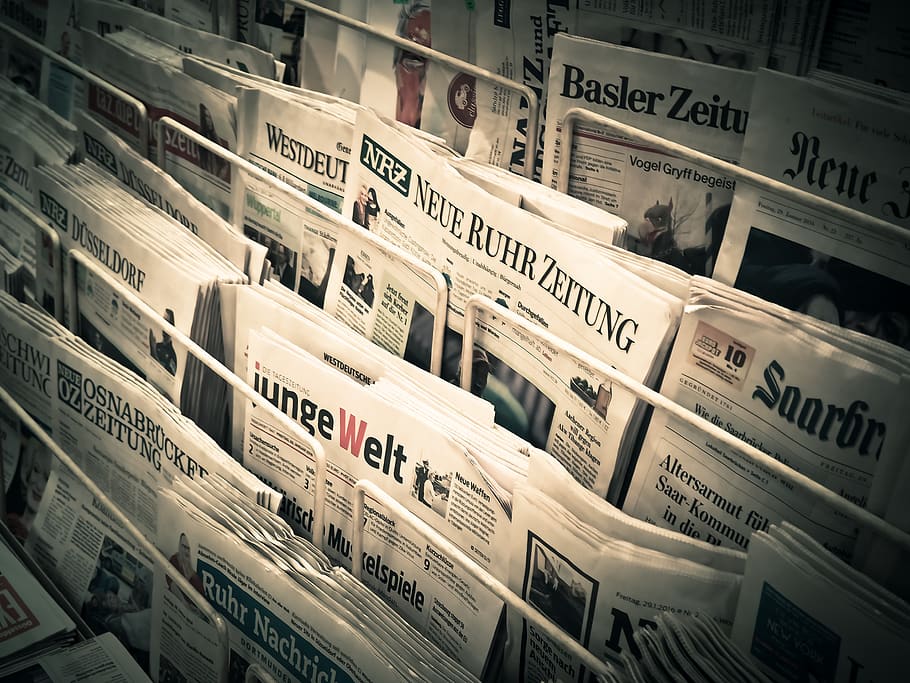Publishing paid advertiser content that a newsroom does not influence has long been carried out as a way of increasing media outlets’ income.
The conditions of the narrow Montenegrin market have made many media outlets – that are not subsidized from the Government’s budget – find difficult to achieve financial self-sustainability. That is why the management structures of media outlets opt either for commercialization through populist pandering to readers and sensational writing or to stick to professional norms.
During the last two decades, two respectable, independent and private media have been developed. Even though in the establishing period, and particularly before the referendum on the Montenegrin independence, the two media DAN and Vijesti enjoyed institutional and logistic support of the official Belgrade, i.e. Podgorica, it can be said that the media today have an independent editorial policy.
However, such an approach and decision of the mentioned media have had a certain price. Although DAN still focuses on its printing issue and finds in it the financial justification, Vijesti, reaching around 75,000 daily views, has classified itself as the most read online media in the country. Such a situation has significantly decreased the circulation of the printing issue in that way that several years ago the media tried to initiate online monthly subscription. It turned out that the Montenegrins’ digital habits were not developed that much so that a sufficient number of readers opt for a subscription.
Misuse of paid newspaper space
Following the difficult financial situation, frequently including lay-offs of journalists, Vijesti (and DAN to some extent) has decided to introduce a new section: advertiser content. After the DFC team had noticed that certain companies and political parties misused paid newspaper space to deceive the public – using the influence of the media in the way that their message becomes credible – the analysis of the advertiser content of Vijesti online was made.
Out of 357 articles in total – found in the period from December 18, 2018, to December 10, 2019 – the portal Vijesti had 45 political advertiser content in total. A large number of texts were published by Democrats (27), while only several texts were published by other opposition parties and structures (URA, DF, Coalition Da svako ima, organization KOD, Albanian forum, the municipality of Budva and the municipality of Herceg Novi).
Democrats mostly used the advertiser content to promote their views. Besides distributing disinformation, they frequently use clickbait headlines, a feature of tabloid issues. In one text, which may be characterized as even sexist, Democrats provided a photo of an attractive sportswoman in shorts with suggestive headline She is still the most attractive and here is why. It turned out that the photo and the headline were just a bait for readers to read the text, which content referred to the (alleged) accomplishments of the municipal administration of Budva.
An example of inconsistent editorial policy and the conflict of interest
On the other hand, a typical example of inconsistent editorial policy is the advertiser content of the restaurant Verige65 (located in the Bay of Kotor). The journalist of Vijesti and their interlocutors have led for long the campaign against the construction of the facility, claiming that it was about illegal doing and devastation of the environment. After the paid newspaper space, the headline in Vijest followed: Verige65 – a combination of modern architecture and deep respect of nature. With such an inconsistent approach the media outlet shows that there exists a conflict of interest because it adjusts its editorial policy according to the market needs.
The issue with such and similar texts in Vijesti is an almost invisible indication that it is about advertiser content, and the option for a ban on commenting, bringing the censorship through the back-door because of the inability to confront opinions, which is the fundamental democratic principle.
Although the habit of highlighting a text’s nature in Vijesti brings an advancement and a dose of transparency, compared to other media which do not mark advertiser contents as such, it certainly represents a misuse of the brand of Vijesti, which enjoys confidence with the largest number of readers and has the support of international non-profit institutions because of its professional relation. If Vijesti does not soon distinguish advertiser content from its professional reporting more clearly, it will be a serious threat to the community’s efforts to advance medial literacy in Montenegro.
DFC Magazine issue 15

